Top Things to Know Before Buying a Victorian Greenhouse
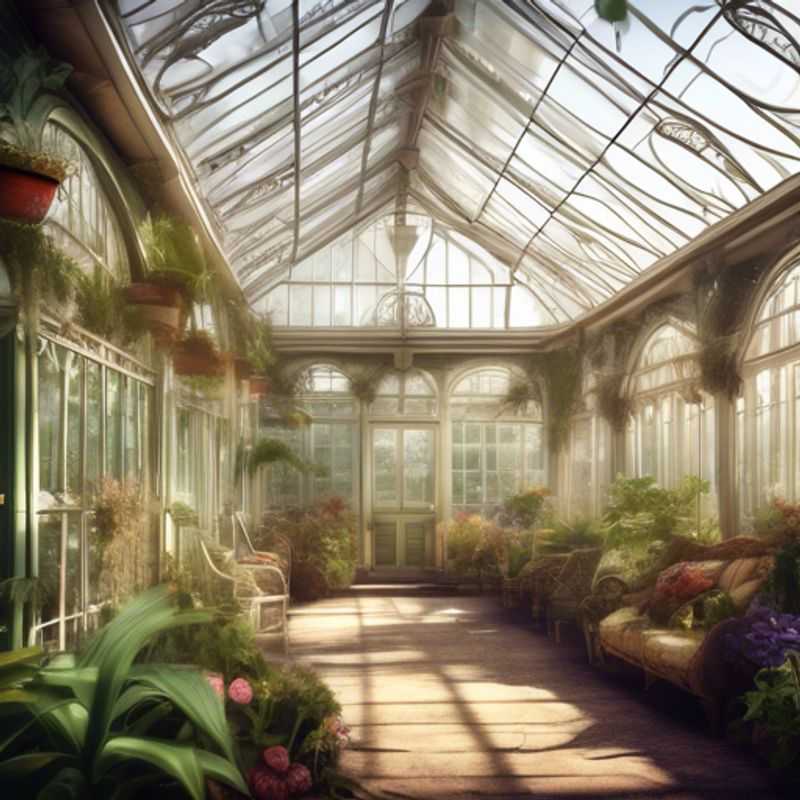
Top Things to Know Before Buying a Victorian Greenhouse: A Guide for Aspiring Horticulturalists
Ah, the Victorian greenhouse. A testament to the enduring allure of elegant design and the timeless beauty of nature. But before you embark on this horticultural adventure, there are a few crucial things to consider.
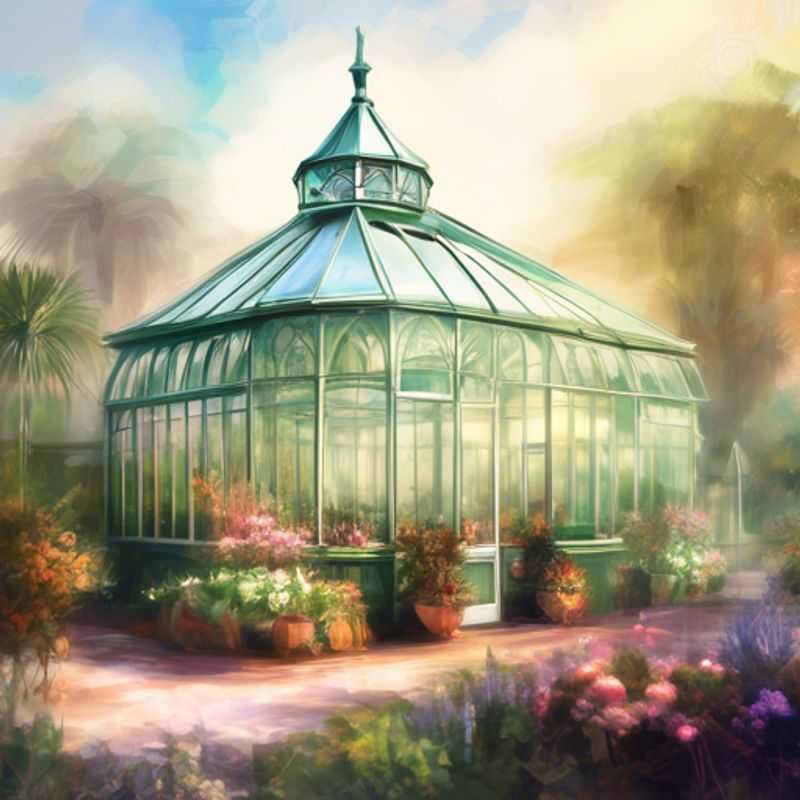
Green Thumb's Guide: Measuring Your Garden for the Perfect Greenhouse Fit
Before you get carried away with visions of bountiful harvests, take a moment to make sure your chosen greenhouse will fit in your garden. This is a crucial step in ensuring your greenhouse is both functional and aesthetically pleasing. There are a few key factors to consider when measuring your garden space:
First, determine the exact dimensions of the greenhouse you want to purchase. This includes the width, length, and height. Be sure to include any overhangs or additional features that might add to the overall footprint.
Next, measure the area of your garden where you plan to place the greenhouse. Take into account any existing structures, trees, or other features that might impede the placement of the greenhouse. It’s best to measure both length and width, and note any obstructions.
Consider the direction of sunlight throughout the day. You want to ensure the greenhouse gets adequate sunlight, so choose a location that receives ample sunlight, preferably facing south for optimal sun exposure.
Remember to factor in access and movement. Make sure there is enough space to easily access the greenhouse and for you to move around comfortably inside. Ideally, you want to leave at least a foot of space between the greenhouse and any surrounding structures or features.
Once you have measured your garden space and the dimensions of the greenhouse, compare these measurements to ensure a perfect fit. If your measurements are tight, you may need to consider a smaller greenhouse or a slightly different location. If you are unsure, consult with a professional who can assist you in determining the optimal placement for your greenhouse.
By carefully measuring your garden space, you can ensure that your greenhouse is both the right size and in the perfect location. This will guarantee that your new greenhouse blends seamlessly into your garden and provides you with years of enjoyment and bountiful harvests.
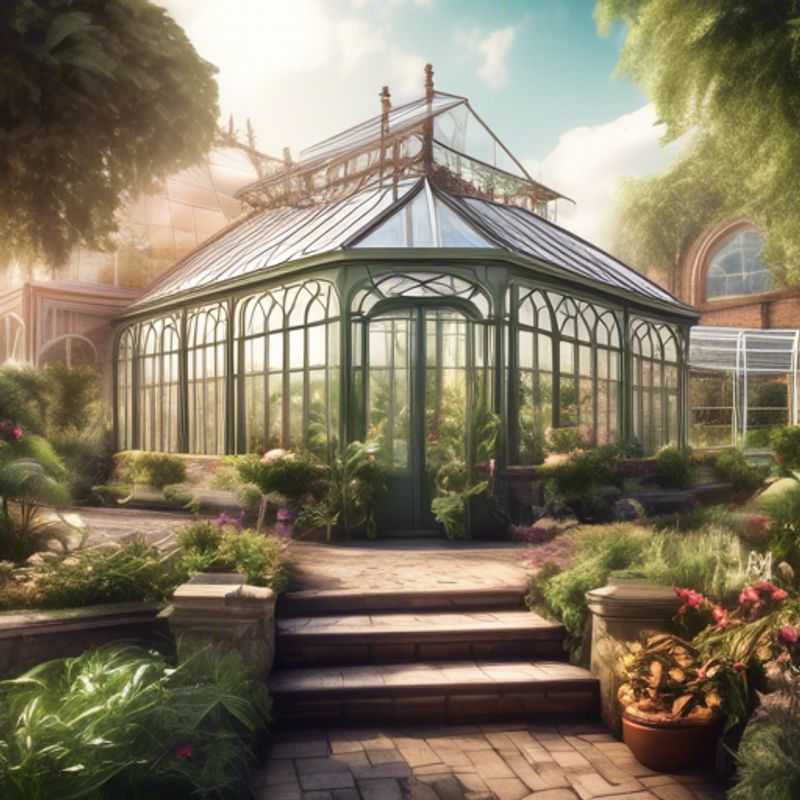
Beyond the Looks: Why Material & Construction Matter for Durability
When assessing the durability of a product, understanding its material and construction is critical. Material selection plays a key role in determining a product's lifespan, with some materials naturally more resistant to wear and tear than others. For instance, stainless steel is known for its durability, whereas plastics can degrade over time. Construction quality refers to how well the product is assembled and the integrity of its components. Seams, joints, and fasteners all contribute to a product's overall strength and resilience. Properly executed construction can significantly extend a product's lifespan, even with less durable materials. Consider the specific use and environment of the product when evaluating its durability. Outdoor use, for example, requires materials that can withstand harsh weather conditions. Proper maintenance, including regular cleaning and repairs, also plays a crucial role in maintaining product longevity. By carefully considering these factors, you can choose products designed for longevity, minimizing the need for replacements and contributing to a more sustainable lifestyle.
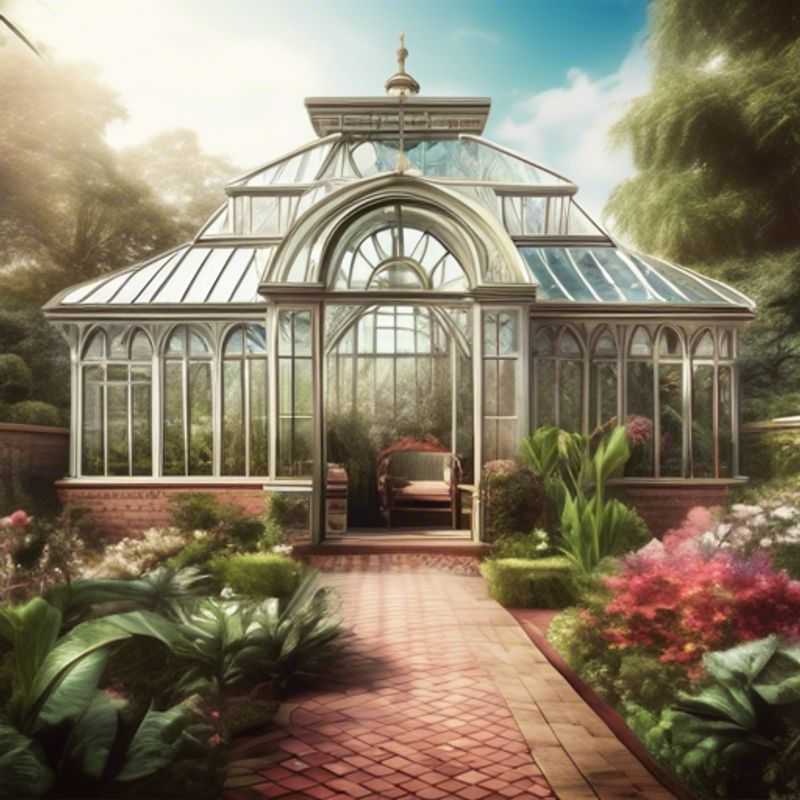
Sizing Up Your Needs: Finding the Perfect Layout for Success
Determining the appropriate size and layout to accommodate your needs is a crucial step in any design process. This involves understanding your target audience, the content you want to present, and the overall goals of your project. It's like building a house – you need to consider how many rooms you need, what furniture you'll put in, and the overall aesthetic you want to achieve.
Start by identifying the core functionalities you require. What are the essential features and elements that will be crucial for your users? For instance, if you're designing a website, consider how many pages you'll need, the types of information you'll present, and whether you'll need forms or interactive elements.
Next, consider your target audience. Who are you designing this for? Understanding their needs, preferences, and technological capabilities is key. For example, if you're designing a website for seniors, you might want to use larger fonts and simpler navigation.
Once you have a clear understanding of your needs and target audience, you can start to think about the layout. There are many different layout options available, each with its own strengths and weaknesses. Common layouts include grid layouts, fluid layouts, and responsive layouts.
Ultimately, the best size and layout for your project will depend on your specific requirements. However, by following these steps, you can ensure that your design meets your needs and effectively communicates your message.
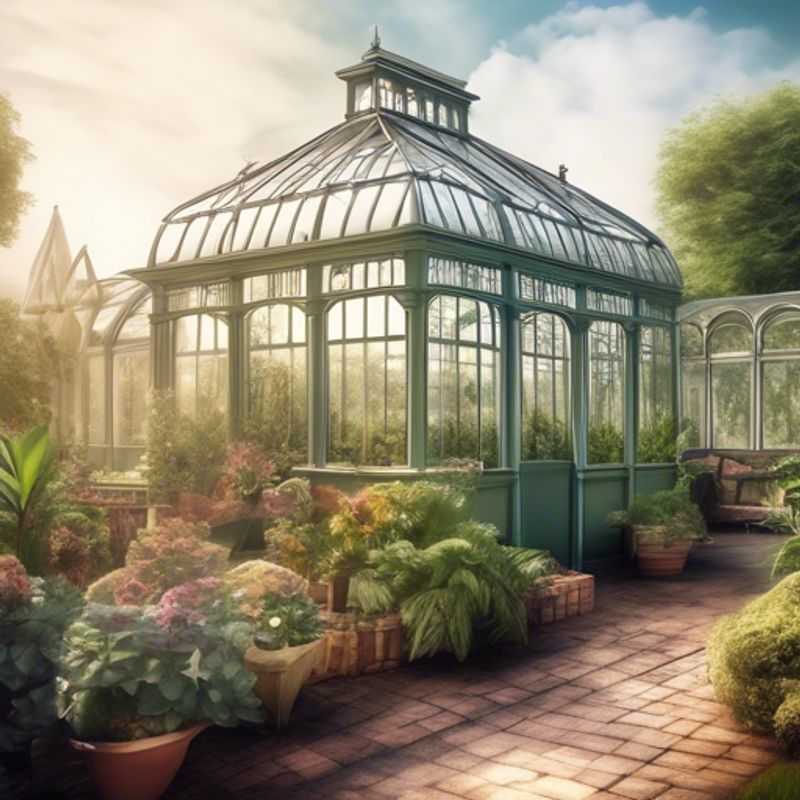
Engineering the Perfect Climate: Evaluating Ventilation and Climate Control for Optimal Plant Growth
Optimizing ventilation and climate control is paramount for achieving optimal growing conditions. Precise temperature, humidity, and airflow management are crucial for healthy plant growth and high yields.
Ventilation systems, such as fans and air exchange units, regulate air circulation and remove excess moisture and heat. Climate control systems, including heating, cooling, and dehumidifiers, maintain consistent temperature and humidity levels.
Understanding the specific needs of your crops is essential for choosing the right ventilation and climate control system. Factors to consider include plant type, growing stage, environmental conditions, and desired yield.
Professional installation and maintenance are crucial for ensuring the effectiveness of ventilation and climate control systems. Regular inspection and calibration can help identify potential problems and maximize system performance.
Cost considerations include initial system purchase, installation, ongoing energy consumption, and maintenance. Energy-efficient systems can reduce long-term operating costs and minimize environmental impact.
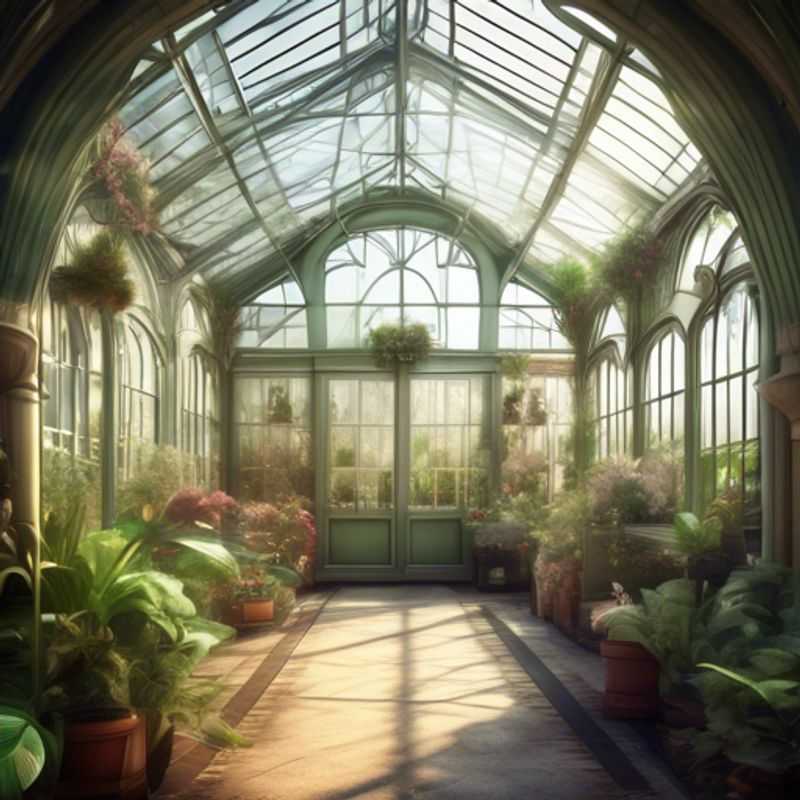
Glazing Choices: Glass vs. Polycarbonate - Which Material Suits Your Needs?
When choosing glazing options for your project, you'll want to consider the balance of performance, cost, and aesthetics. Glass offers a wide range of choices, including standard, tempered, laminated, and insulated options. Tempered glass is stronger than standard glass and breaks into small, blunt pieces instead of sharp shards, making it safer for high-traffic areas. Laminated glass is built with layers of glass bonded together with a durable film, offering increased sound insulation and impact resistance. Insulated glass units (IGUs) are comprised of two or more panes of glass separated by a vacuum or a gas filled space, which helps to reduce heat loss and sound transmission. Polycarbonate sheets, on the other hand, are more lightweight and impact-resistant than glass, making them suitable for projects requiring exceptional durability. Polycarbonate also offers flexibility in design, available in clear, translucent, and opaque colors, and even can be easily curved.
When deciding on the right option for your needs, consider the following factors:
• Budget: Glass is typically the most affordable option, although insulated glass units (IGUs) are more expensive. Polycarbonate sheets are generally priced higher than standard glass, but cheaper than insulated glass.
• Performance: Glass offers excellent light transmission and thermal insulation, particularly when using IGUs. Polycarbonate provides superior impact resistance and sound insulation, making it suitable for applications requiring higher durability.
• Aesthetic: Glass offers a wide range of finishes, including frosted, tinted, and reflective options. Polycarbonate offers more limited choices, typically available in clear, translucent, and opaque colors.
It's important to consult with a glazing specialist or window contractor for expert guidance and recommendations based on your specific project needs and requirements.
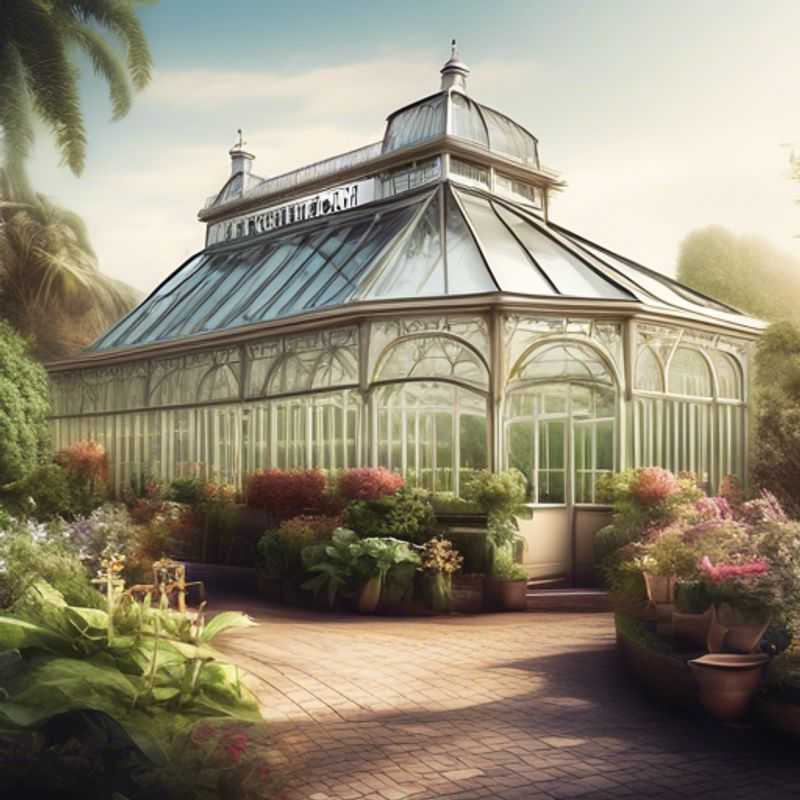
Laying the Groundwork: Investigating Foundation Requirements and Site Preparation
Investigating foundation requirements and preparing the site accordingly is crucial for any construction project. It ensures the stability and longevity of the structure. The process involves a thorough assessment of the soil conditions, the type of building, and local regulations. This helps determine the appropriate foundation type, materials, and design.
Soil Testing is the first step, revealing the soil's bearing capacity, composition, and moisture content. This information is vital for selecting the right foundation type.
Foundation Type selection depends on the soil conditions, building weight, and local regulations. Common foundation types include shallow foundations, deep foundations, and slab foundations.
Foundation Design involves creating a detailed plan that specifies the foundation's size, materials, and reinforcement. This design should adhere to building codes and ensure the foundation's structural integrity.
Site Preparation involves clearing the site, excavating to the required depth, and installing utilities. This stage requires coordination with various professionals and adherence to safety guidelines.
Foundation Construction includes pouring concrete, installing formwork, and adding reinforcement. This stage requires experienced contractors and careful supervision to ensure quality.
Remember, the foundation is the bedrock of your construction project. Investing in a proper foundation investigation and preparation will ensure the stability, safety, and longevity of your building.
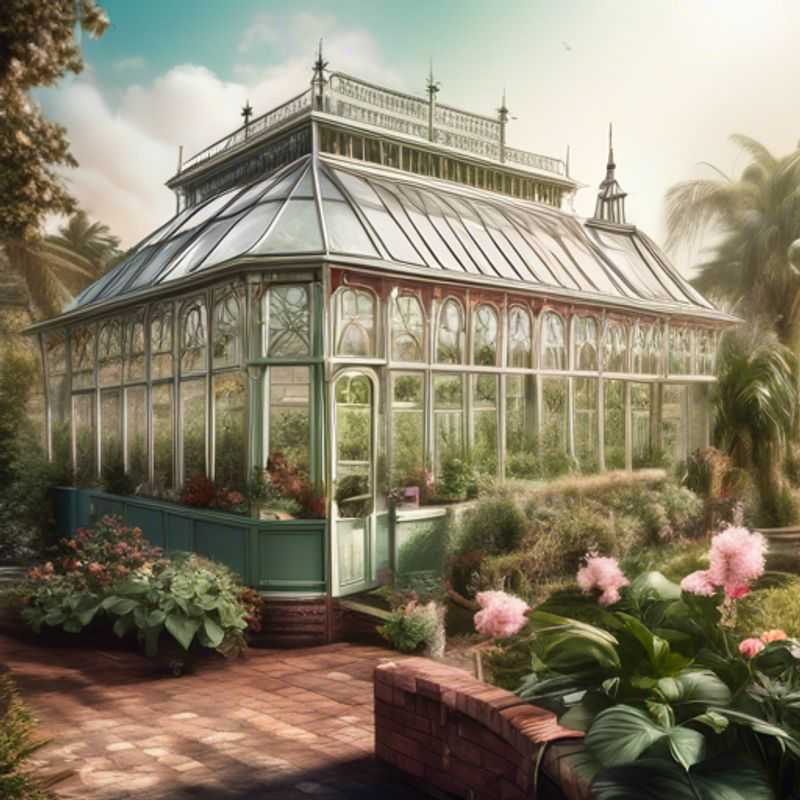
Don't Forget the Extras: Accounting for Accessories in Your Setup Cost
When you're planning a storage setup, don't forget the cost of essential accessories! These can significantly impact your overall budget, so consider them carefully. Shelving is a fundamental element, providing structure for your items and optimizing space utilization. Heating might seem like a secondary concern, but in certain climates or for sensitive items, it's vital to maintain optimal storage conditions. Consider the costs of purchasing, installing, and maintaining these accessories, as they'll contribute to the overall cost of your storage solution.
For shelving, factors like material (wood, metal, plastic), dimensions, and number of shelves influence the price. You might also factor in the cost of brackets, supports, and any specialized features like adjustable height or load capacity. Heating costs can vary significantly depending on the system you choose. Options include electric heaters, radiant heaters, or even integrated HVAC systems. Consider the size of your storage space, desired temperature range, and energy efficiency when making your decision. Remember that ongoing operational costs like electricity bills should also be factored in.
While these accessories might seem like "extras," they play a crucial role in ensuring your storage space functions optimally. Budgeting for these items upfront will prevent surprises and keep your overall setup cost within your desired range.
